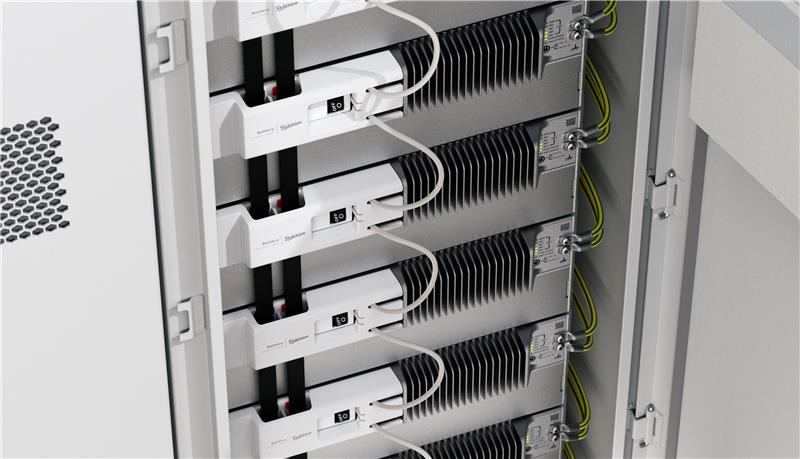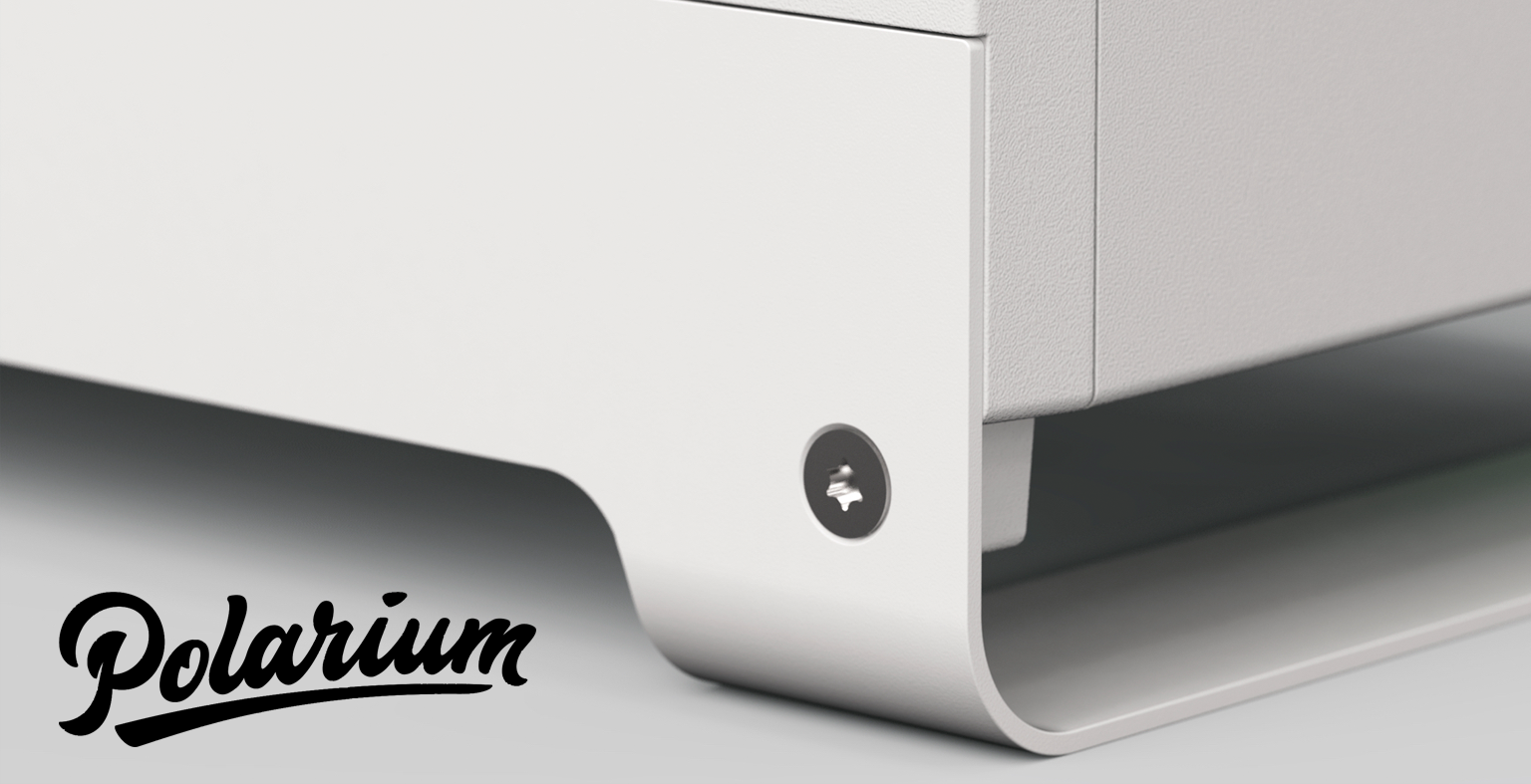Lithium-ion batteries are an extremely powerful technology. While their superior energy density is key to their success, it is also associated with risks.
As lithium-ion batteries (LIBs) become an increasingly important part of our every-day lives and in the transition to a renewable energy system, battery manufacturers need to keep pushing the boundaries to make them even safer.
The following article highlights the steps taken by Polarium – an industry leader in the development of lithium-ion battery technology for energy storage and telecommunications applications in addressing key concerns around lithium-ion battery safety.
Safety Hazards & Challenges
The high energy density of lithium-ion batteries also causes safety issues as there is a lot of energy that can be released if something goes wrong. A lithium-ion battery cell contains about 5-10 times more chemical energy than electrical energy. The means that a 1 kWh battery can release 6-11 kWh (20-40 MJ) of energy during a safety event, i.e. thermal runaway. It is therefore of utmost importance to avoid any abuse conditions that can trigger such events, e.g. over-temperature, overcharge, over discharge, and short-circuits. These intrinsic safety hazards of lithium-ion batteries are mitigated by having a robust design, protecting it from mechanical damage, and by using a battery management system which prevents hazardous conditions such as overcharge and short-circuit.
Living up to the Polarium motto of Safety First, all Polarium batteries are designed to meet not only mandatory requirements but also very rigorous safety standards. Batteries contain multiple safety layers as well as redundancy in critical components and processes. By conforming to rigorous functional safety standards and tests (e.g. IEC 60730-1) we can ensure that the hardware, software and all safety related functions operate safely and as intended, even under abnormal and critical conditions.
5 Layers of Embedded Safety –
.png?width=711&height=695&name=Add%20a%20heading%20(1).png)
What is a Battery Management System and why is it so important to maintain a safe battery system?
A Battery Management System (BMS) is an electronic system that manages and monitors key operational parameters of the battery. A BMS’s role is primarily for safety, with sophisticated electronic protection against potentially hazardous events such as high/low voltage, high current, high/low temperature, and short circuit.
The Polarium BMS is designed 100% in-house by Polarium engineers in Sweden and is manufactured in Europe. The BMS is the most sophisticated available for lithium batteries today. The BMS continuously monitors the cells and the battery for any readings that are outside its safety envelope and will react instantly to any perceived faults or variations. The protection includes but is not limited to:
- Overvoltage: When the BMS detects an individual cell has reached a certain voltage it activates the CLD (Current Limiting Device) feature of the BMS to allow trickle charging of the cells until they meet their ultimate cutoff point. The BMS then stops the charge completely but continues to monitor the cells
- Undervoltage: When an individual cell reaches a set voltage point (low voltage) the BMS stops discharge from the battery to protect the entire battery. Polarium’s “Automatic Reconnect Feature” allows the BMS to stay active for up to 3 months after a low voltage disconnect without requiring a site visit to reset the batteries.
- Overcurrent: The patented “CLD” fitted to every Polarium BMS protects the battery from overcurrent by automatically detecting and then lowering the incoming current (without shutting off the battery) and then sensing when the current returns to an acceptable level. Polarium’s BMS has several different ways it handles overcurrent
a) Overcurrent on Charging: The CLD feature protects against overcurrent whilst still allowing the battery to charge (but at a slower rate).
b) Overcurrent on Discharging: The battery temporarily allows overcurrent on discharge for a maximum of 6000W for 60 seconds. This is on a sliding scale of a shorter time for a greater current. At high currents on discharge, (such as a short circuit), the battery will protect itself and wait until it sees a voltage across the terminals (charge voltage) before it automatically resets itself. - The BMS protects against over temperature by limiting the charge current between 50-55°C (cell temperature) and preventing charging above 55°C (cell temperature). Above 60°C the battery BMS will prevent discharge and will shut down the battery. This is for safety reasons based on feedback from the cell manufacturers. The BMS protects against low temperatures by allowing discharge down to minus 20°C and allowing charge only if the cell temperature is above 0°C. between 0-5°C the current level is limited by the CLD feature for safety and longevity of the cells. Above 5°C the BMS allows full charge current.
- The BMS protects against reverse polarity.
- The BMS monitors the internal cell pack with sensors that are placed at the known warm spots in the battery and continuously monitors the cell temperatures for high/low degrees.
- The cells that Polarium fits to its batteries have protection built in that includes both a Current Interrupt Device (CID) and/or Safety vent, and a self-healing separator.
- Mechanical design safety features on the battery pack: The battery pack is designed to be robust and shock proof on the exterior casing in order to meet the requirements of UN38.3 but the internal mechanics are also designed with a high level of safety throughout. In case of an internal short circuit the pathway of the short circuit is controlled by variable speed burn through busbars that allow short circuits to be contained quickly. The cells are positioned and designed in holders that limit any potential propagation of a single cell from spreading to the rest of the battery. The use of an electronically controlled circuit breaker plus a dual processor, redundant safety system with dual systems for sensors, dual disconnect devices (electronic circuit breaker and Mosfets) allow both mechanical and electronic protection built into every BMS make the Polarium battery BMS the safest and most highly engineered system on the market.



